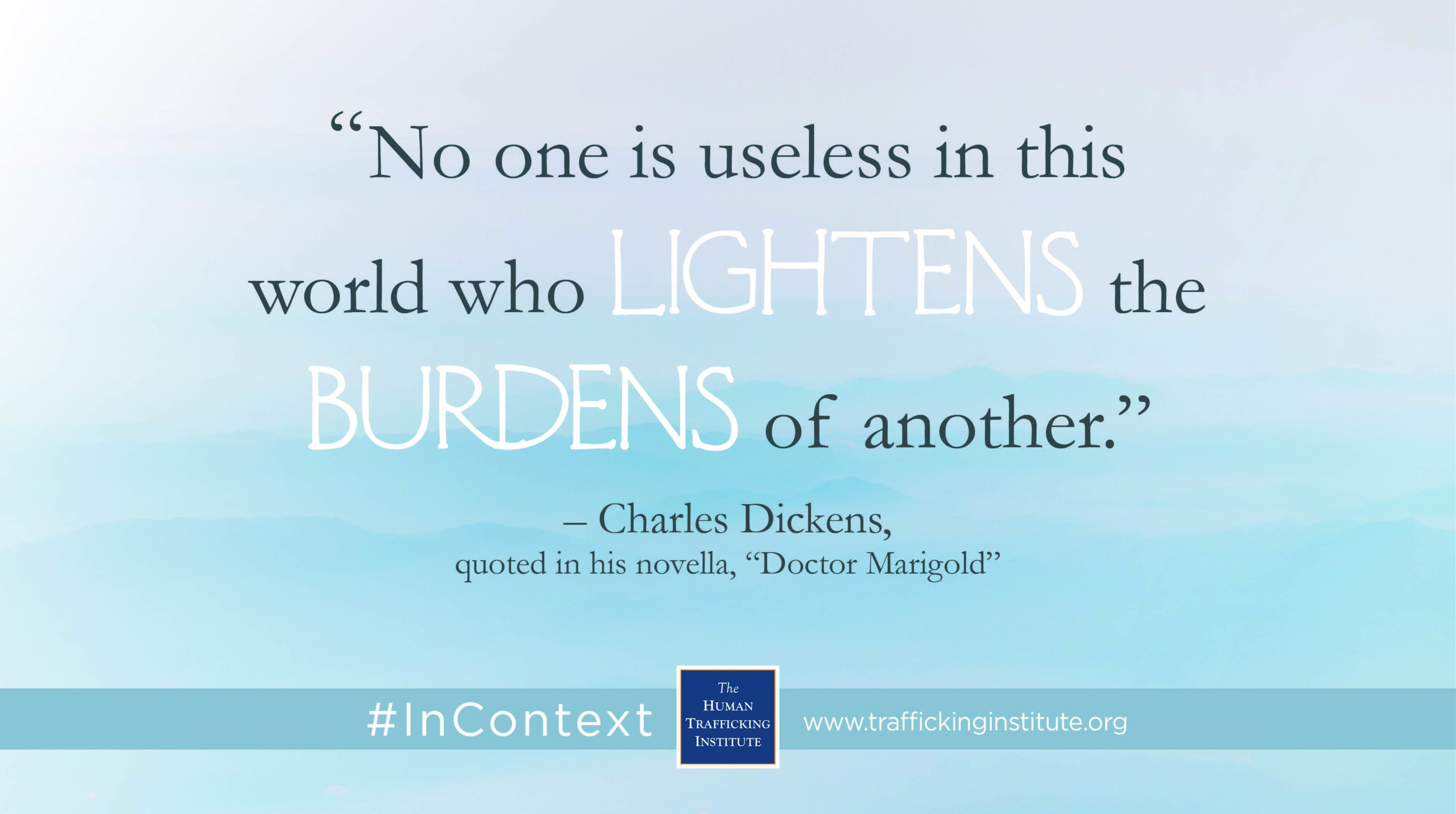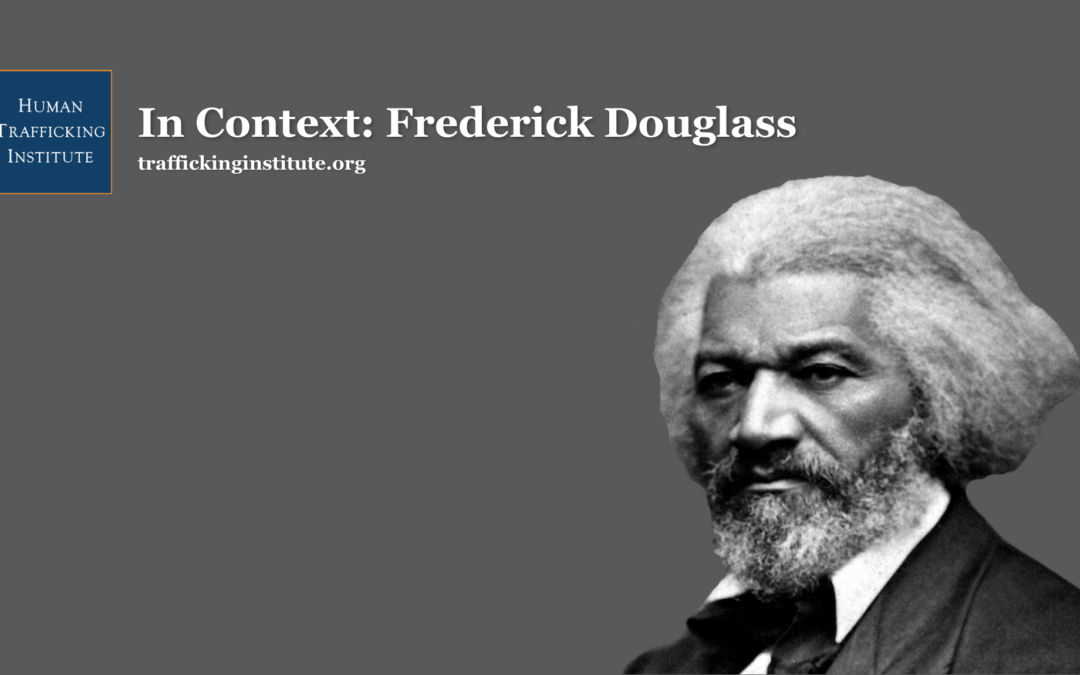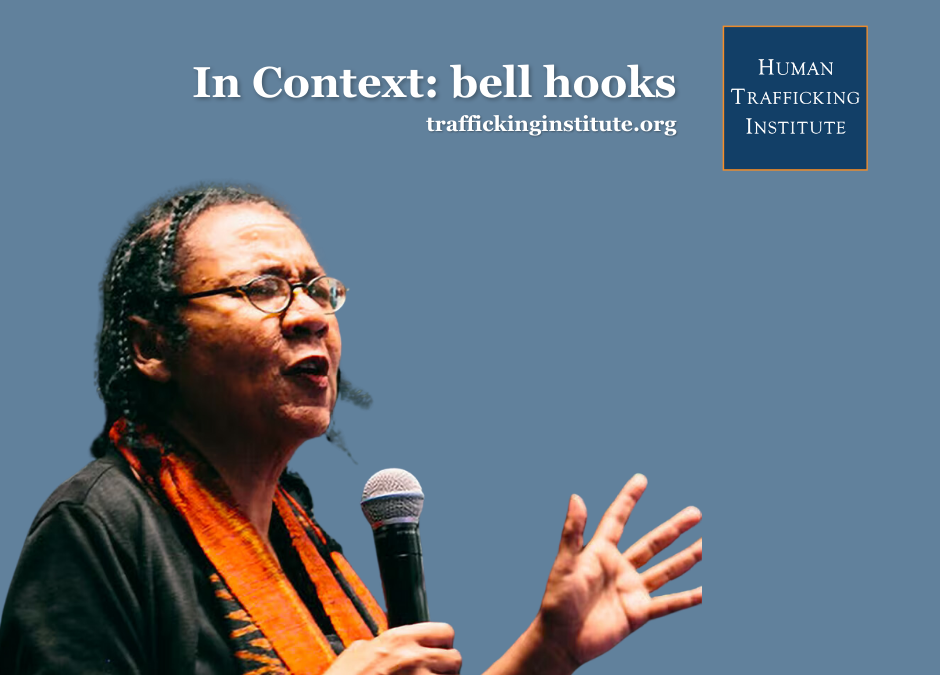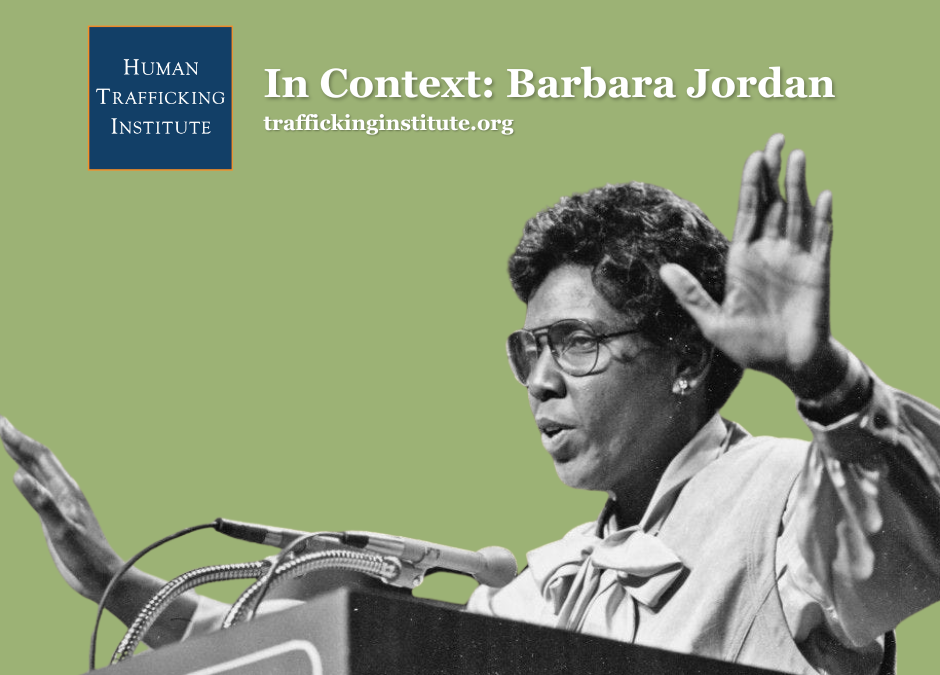During the Victorian Era, Charles Dickens wrote “Doctor Marigold,” a novella about a street peddler in search of happiness. The particular era in which this novella was written was in the mid-1800s during the reign of Queen Victoria and was characterized as a period of peace, prosperity, and increased responsibility to help those less well off.
In the novella, Dickens introduces Doctor Marigold as a peddler who sells various trinkets of low value. Years earlier, Marigold had been married and had a young daughter named Sophy. Marigold’s wife beat Sophy regularly as Marigold stood silent and helpless. After Sophy died from a fever and his wife to suicide, Marigold searched for redemption from his lack of assertiveness on Sophy’s behalf.
Marigold’s tears of sorrow turn to tears of joy as he finds a young, deaf girl whose mother is dead and father is abusive. He decides to adopt her and names her Sophy. He then works to invent his own system of sign language in order to communicate with Sophy and eventually sends her to school for the deaf in London to finish her education. Sophy marries another student from the school and fears that her baby will be born deaf. However, the story ends with a reunion in which Marigold realizes his granddaughter can hear.
“Doctor Marigold” is a story of great redemption and beauty as it highlights the power of compassion and the importance of advocating on the behalf of those in need. Marigold proves true Dickens’ quote that “no one is useless in this world who lightens the burdens of another.”
May this be true for each of us as we work to advocate for those enslaved in our world.




